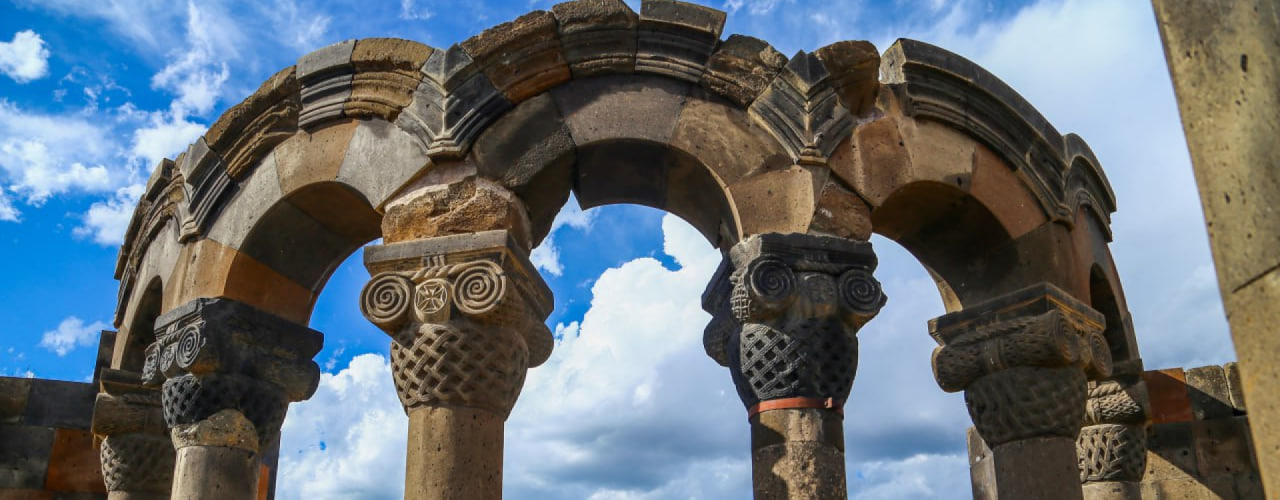
ABOUT ARMENIA
GEOGRAPHY OF ARMENIA
Armenia, located in the South Caucasus region of Eurasia, is a landlocked country bordered by Turkey to the west, Georgia to the north, Azerbaijan to the east, and Iran to the south. Yerevan, the capital and largest city, sits on the western border. The diverse landscape includes mountains, with Mount Ararat being a prominent landmark, and the fertile Ararat Plain. Lake Sevan, one of the worlds highest freshwater lakes, enhances the natural beauty of the country. The climate varies from continental to mountainous, contributing to the local rich biodiversity.
NATURE
Besides rich history and architecture, the country has still a lot to offer. Armenian nature boasts a diverse and picturesque landscape. The country is characterized by mountainous terrain, including the majestic peaks of the Armenian Highlands. Mount Ararat, an iconic symbol, dominates the southwestern skyline. Lush valleys and the fertile Ararat Plain contribute to agricultural richness. Lake Sevan, the largest lake in the region, enhances natural beauty. Surrounded by mountains, it provides a habitat for various species of flora and fauna. The Dilijan National Park, known as the "Little Switzerland" of Armenia, showcases dense forests, crystal-clear streams and diverse wildlife. Overall, Armenian nature reflects a harmonious blend of stunning landscapes and unique biodiversity. Thus, if you want to loose yourself in the peace of nature and enjoy the waterfalls and deep gorges, feed your mind and soul in the lap of virgin beauty of nature, you are welcome to Armenian Highlands. If you are seeking for adventures, no worries, the country has a lot to offer. Starting from trekking or camping in nature , bird watching at special lake areas to jeep tours in the mountains where at every step one can discover the hidden gems of Armenia- everything is possible in this Highlands!
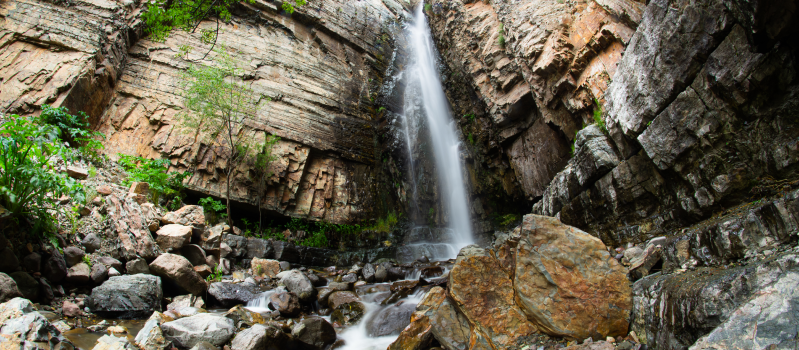
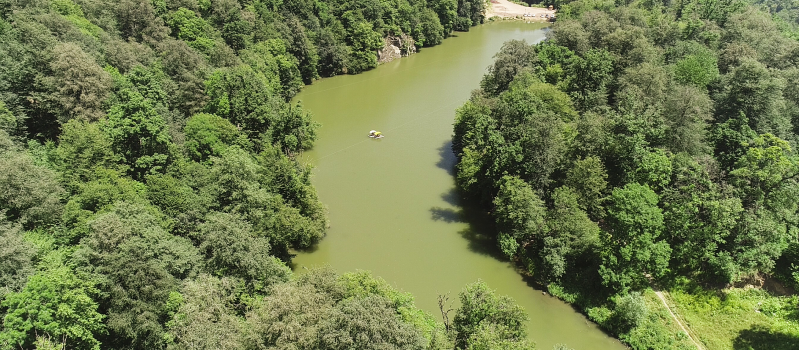
HISTORY
Armenian history spans millennia, with a rich cultural and historical heritage. Being one of the world oldest civilizations, Armenia has a documented history dating back to the 6th century BC. The Kingdom of Urartu, located on Armenian Highlands, existed around 9th-6th centuries BC. In AD 301, Armenia became the first nation to adopt Christianity as its state religion, a defining moment in its history. Over the centuries, it endured invasions, Persian rule, Byzantine influence, and the Arab Caliphate. The medieval period saw the establishment of the Kingdom of Cilicia, a powerful Armenian state in the Levant. However, by the 16th century, Armenia fell under Ottoman and Safavid Persian dominance. The 20th century brought significant challenges, including the Armenian Genocide during World War I, where an estimated 1.5 million Armenians perished. Armenia became a Soviet republic in 1920 and gained independence in 1991 following the collapse of the Soviet Union. Modern Armenia faces geopolitical complexities, but its history reflects resilience, cultural contributions, and a deep sense of identity.


CLIMATE
Armenia experiences a diverse climate influenced by its mountainous terrain. The country generally has a continental climate, characterized by hot summers and cold winters. Summers, from June to August, are warm with temperatures often exceeding 30°C (86°F) in lowland areas. However, higher elevations provide cooler temperatures. Winters, from December to February, can be quite cold, especially in mountainous regions, with temperatures dropping below freezing. Snowfall is common during winter, contributing to the picturesque landscapes. Spring and autumn are transitional seasons, offering milder temperatures and colorful scenery. Due to its varied topography, microclimates exist, influencing local weather patterns. Lake Sevan also plays a role in regional climate moderation. Overall, climate in Armenia provides distinct seasonal changes, creating a unique and diverse environment.
POPULATION
As of last update in January 2022, Armenia had a population of around 2.9 million people. Yerevan, the capital and largest city, is the most populous urban center. The majority of Armenians are ethnic Armenians, and the primary language spoken is Armenian. The diaspora plays a significant role in Armenian demographics, with Armenians residing in various countries around the world due to historical events, including the Armenian Genocide. This global Armenian community contributes to the cultural and economic ties with the homeland.

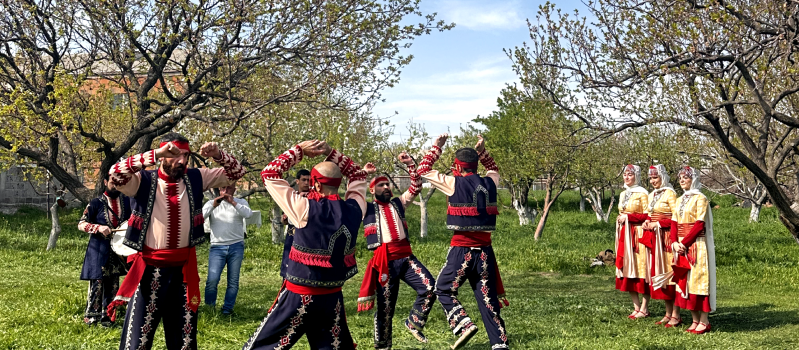
LANGUAGE
Armenian is an Indo-European language with a unique script, making it distinct from other language families. It has its own branch within the Indo-European family, known as the Armenian language family. The alphabet was invented by Saint Mesrop Mashtots in the early 5th century AD. Armenian has a rich literary tradition, with notable historical works and a vibrant contemporary literature. The language plays a crucial role in preserving and expressing Armenian cultural identity.


CULTURE
Armenian culture is a tapestry woven with a deep history, vibrant traditions, and a strong sense of identity. Here are some key aspects of Armenian culture:
Christian Heritage- Armenia was the first nation to adopt Christianity as its state religion in AD 301, and this heritage has profoundly influenced its culture, including religious practices, architecture, and art.
Language and Literature: The Armenian language, with its unique script, is central to Armenian culture. The rich literary tradition dates back to the creation of the Armenian alphabet in the 5th century. Classic works and poetry contribute to the cultural heritage.
Architecture: The country boasts ancient monasteries, churches, and khachkars (cross-stones) that reflect Armenian architecture. Notable structures include Geghard Monastery, Tatev monastery and many other historic churches and fortresses.
Dance and Music: Traditional Armenian dance and music are integral to cultural celebrations. Dances like Kochari and Tamzara are performed during festive occasions, accompanied by traditional instruments like the duduk.
Cuisine: Armenian cuisine is diverse and flavorful, known for dishes like dolma, lavash (flatbread), and khorovats (barbecue). Hospitality is highly valued, and sharing meals is a significant part of Armenian social culture.
Festivals and Celebrations: Events like Vardavar, celebrating the Transfiguration of Jesus, and Navasard, marking the Armenian New Year, are celebrated with cultural rituals, music, and dance.
Craftsmanship: Armenia has a rich tradition of craftsmanship, including intricate stone carving, carpet weaving, and pottery. These crafts showcase the skill and creativity of Armenian artisans.
Armenian culture reflects a unique blend of ancient traditions and contemporary influences, emphasizing the resilience and identity of the Armenian people.
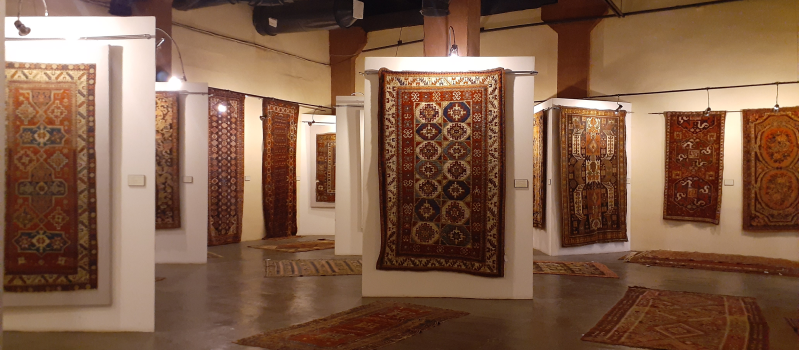

RELIGION
Armenia was the first nation to officially adopt Christianity as its state religion in AD 301. The Armenian Apostolic Church, an ancient Oriental Orthodox church, plays a central role in the spiritual and cultural life of Armenians. The head of the church is the Catholicos of All Armenians, based in the Holy See of Echmiadzin. Echmiadzin Cathedral, located in Vagharshapat, is one of the oldest churches in the world and holds great significance as the mother church of the Armenian Apostolic Church. Other notable religious sites include Geghard Monastery and numerous historic churches.


CUISINE
- Armenian cuisine is renowned for its rich flavors, diverse dishes, and unique culinary traditions. Here are some highlights of Armenian cuisine:
- Armenian cuisine is renowned for its rich flavors, diverse dishes, and unique culinary traditions. Here are some highlights of Armenian cuisine:
- Lavash: A staple of Armenian cuisine, lavash is a thin flatbread. It is often used to wrap various dishes or served alongside meals.
- Khorovats: A traditional Armenian barbecue, khorovats typically features skewered and grilled meat, often marinated for enhanced flavor. It is a popular dish for celebrations and gatherings.
- Dolma: Grape leaves stuffed with a mixture of minced meat, rice, and spices, dolma is a flavorful and widely enjoyed dish. There are variations, including vegetarian options with rice and herbs.
- Harissa: A hearty dish made from whole wheat grains and meat, usually chicken or lamb. It is slow-cooked to a porridge-like consistency, often enjoyed during festive occasions.
- Cheese and Yogurt: Armenian cuisine includes a variety of cheeses, and yogurt is commonly used in both savory and sweet dishes. Matsoni, a slightly sour yogurt, is a popular dairy product.
- Gata: A sweet pastry, gata is made with layers of dough and filling, usually a mixture of butter, sugar, and often nuts. It is a popular treat during holidays and special occasions.
- Armenian Coffee: Strong and aromatic!


ENTRANCE VISA
- Armenia has a relatively liberal visa policy. However, visa regulations may change, and its crucial to check the latest information. Heres a general overview:
- Citizens of several countries, including most European Union member states, the United States, Canada, and many others, can enter Armenia without a visa for short stays (typically up to 180 days within a year).
- Armenia also offers an electronic visa system for citizens of eligible countries. Travelers can apply for an e-Visa online, and the process is usually straightforward. The e-Visa allows for a stay of up to 90 days within a 180-day period.
- In some cases, travelers from certain countries can obtain a visa upon arrival at the airport in Armenia. This option might be available for a specific duration and may involve a fee.
- Its crucial to check the official website of the Ministry of Foreign Affairs of the Republic of Armenia or contact the nearest Armenian embassy or consulate for the most up-to-date and accurate information regarding visa requirements and application processes. Additionally, consider any recent changes in visa policies or travel restrictions, as these can be subject to modification.
SHOPPING
- Armenia offers diverse shopping experiences, ranging from traditional markets to modern shopping centers. Some notable places for tourist shopping include:
- Vernissage Market (Yerevan): A vibrant open-air market in the heart of Yerevan, Vernissage is known for its array of handmade crafts, Armenian artwork, traditional textiles, and souvenirs. Its an excellent place to find unique gifts and local crafts.
- GUM Market (Yerevan): This closed market, located near Republic Square, is a bustling spot offering fresh products, spices, dried fruits, and traditional Armenian products. Its a great place to experience the local market atmosphere.
- Dalma Garden Mall (Yerevan): For a more modern shopping experience, Dalma Garden Mall houses international and local brands, fashion outlets, and a variety of stores. Its one of the largest shopping centers in Armenia.
- When shopping in Armenia, its worth exploring local markets and smaller shops to discover authentic Armenian products and support local artisans. Always remember to engage in friendly bargaining at markets, as its a customary practice.


CURRENCY
The official currency of Armenia is the Armenian Dram, abbreviated as AMD. The symbol for the Armenian Dram is ֏, and its ISO code is AMD. Banknotes and coins are in circulation, with denominations ranging from small values to higher denominations.
Its advisable to check for any updates or changes in the currency information since exchange rates and other currency-related details can fluctuate. You can obtain Armenian Dram at local banks, exchange offices, or ATMs in Armenia. Major credit cards are also widely accepted in urban areas and tourist destinations.



